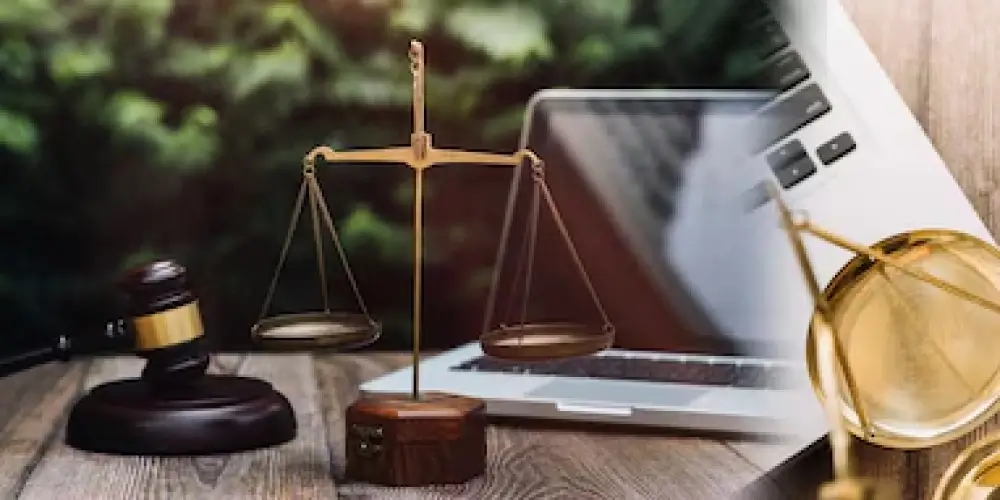

Understanding Copyright Law
02/09/2024 Steven Adams 2056
Copyright law serves a dual purpose: it protects the rights of creators while promoting the public interest in accessing and benefiting from creative works. At its core, copyright grants creators exclusive rights over their original works, including literary, artistic, musical, and dramatic creations. These rights typically include the rights to reproduce the work, distribute copies, perform or display the work publicly, and create derivative works based on the original.
Balancing Creator Rights
-
Exclusive Rights: Copyright law grants creators exclusive control over their works, enabling them to benefit financially from their creations. This exclusivity incentivizes creativity by ensuring that creators can profit from their efforts, which encourages the production of new works.
-
Economic Incentives: By providing creators with economic incentives, copyright law fosters innovation across various industries, including literature, music, film, software, and more. This economic motivation not only benefits individual creators but also contributes to cultural and technological advancement.
-
Moral Rights: In addition to economic rights, copyright often includes moral rights that protect creators' reputations and the integrity of their works. These rights allow creators to control how their works are used and attributed, safeguarding their artistic vision and personal connection to their creations.
Safeguarding the Public Interest
-
Limitations and Exceptions: Recognizing the importance of balancing creator rights with broader societal benefits, copyright law includes limitations and exceptions. These provisions allow for the use of copyrighted works without permission under specific circumstances, such as for educational purposes, criticism, news reporting, and research. These exceptions ensure that the public can access and use copyrighted works for purposes that contribute to public discourse, education, and cultural development.
-
Public Domain: Copyright protection is not indefinite. Works eventually enter the public domain, where they are freely available for use by anyone. This promotes the dissemination of knowledge and cultural heritage, allowing future creators to build upon past works without restriction.
-
Fair Use Doctrine: One of the most important limitations on copyright is the fair use doctrine (or fair dealing in some jurisdictions). Fair use allows for the use of copyrighted material without permission for purposes such as commentary, parody, teaching, and news reporting. Courts determine fair use by considering factors such as the purpose and character of the use, the nature of the copyrighted work, the amount used, and the effect on the market for the original work.
Evolving Challenges and Solutions
-
Digital Environment: The digital age has posed new challenges to copyright law with the ease of reproduction and distribution of digital content. Issues such as online piracy, digital rights management, and the balance between technological protection measures and user rights have required ongoing adaptation of copyright frameworks globally.
-
Global Harmonization: Copyright law varies significantly across jurisdictions, leading to challenges in enforcing rights across borders. International agreements, such as the Berne Convention and the TRIPS Agreement, aim to harmonize copyright standards and facilitate global protection of creators' rights while ensuring access to cultural and educational resources worldwide.
Copyright law plays a pivotal role in balancing the rights of creators with the public interest in accessing and using creative works. By granting creators exclusive rights while incorporating limitations and exceptions that promote public access and cultural exchange, copyright law seeks to foster creativity, innovation, and the dissemination of knowledge. As technologies and societal norms continue to evolve, copyright law must adapt to ensure that it continues to effectively serve its dual mandate of protecting creators' rights and promoting the public interest in cultural and intellectual development.
This blog has explored the fundamental principles of copyright law, highlighting how it navigates the intricate balance between rewarding creators and serving the broader public good. By understanding these principles, stakeholders can appreciate the role of copyright in shaping our cultural landscape and supporting ongoing creativity and innovation.
Recent Blogs
Building a Diversified Inves ...
26/01/2025 1677
Integrating AI and Machine L ...
24/01/2025 1217
Health Insurance Regulations ...
22/01/2025 2306
Recognizing Signs of Mental ...
20/01/2025 2309
Understanding Employers' Leg ...
18/01/2025 1296
Trending Blogs
Interest Rates: How They Aff ...
20/06/2024 12584
Client Retention: Building S ...
20/06/2024 10658
Introduction to Common Law: ...
21/06/2024 9705
Common Types of Criminal Charges
02/03/2024 8899
Corporate Finance Law: Raisi ...
04/06/2024 8586











